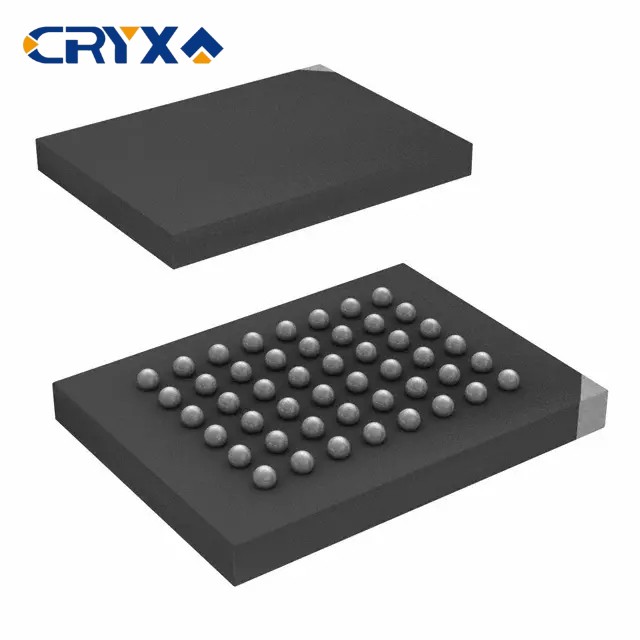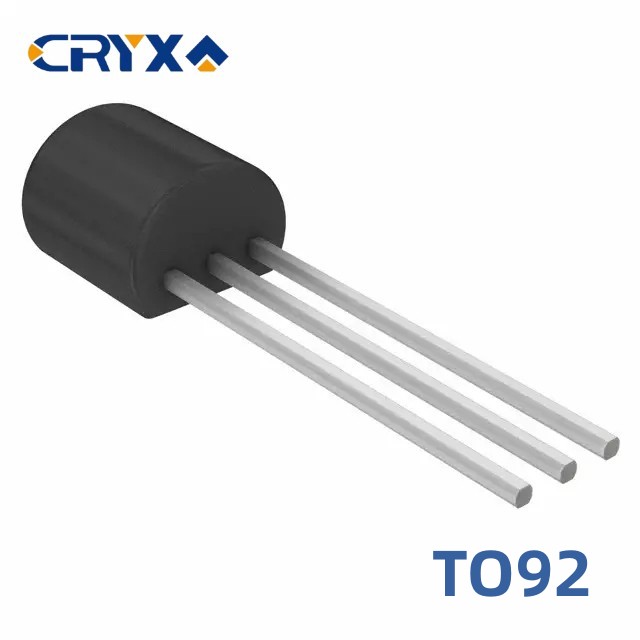GaN single crystal substrates are mainly 2-4 inches in size, with 4-inch commercial use and 6-inch samples under development. The main preparation methods for GaN single crystal substrates include hydride vapor phase epitaxy (HVPE), ammonia thermal method, and flux method.http://www.ic-bom.com/
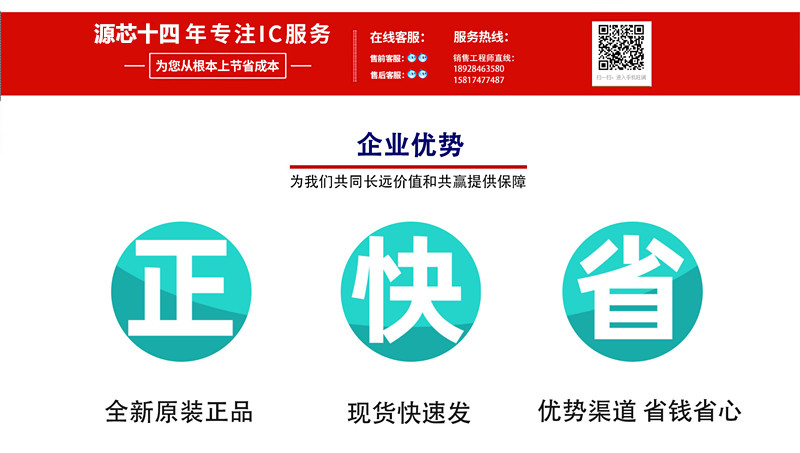
The HVPE method has a fast growth rate and is easy to obtain large-sized crystals. It is currently the main commercial method for providing GaN single crystal substrates. Its disadvantages include high cost, high crystal dislocation density, small curvature radius, and environmental pollution.
The ammonia thermal growth technology has high crystal quality and can grow on multiple seed crystals, making it easy to scale production and significantly reducing costs. However, its disadvantages are high growth pressure and low growth rate.http://www.ic-bom.com/
The growth conditions of the flux method are relatively mild, with low requirements for growth equipment. It can grow large-sized GaN single crystals, but the disadvantage is that it is easy to spontaneously nucleate and form polycrystalline GaN crystals, making it difficult to grow thicker GaN crystals.
Utilizing the complementary advantages of various growth methods to solve the problems of a single growth method is an effective way to solve the quality, cost, and scale production of GaN single crystal crystals. In 2021, Mitsubishi Chemical announced the development of a 4-inch GaN single crystal substrate using low-pressure acidic ammonia thermal method (LPAAT), with crystal defects only 1/00-1/1000 of those of ordinary GaN substrates. Mitsubishi Chemical launched a 4-inch GaN single crystal substrate in 2022.
The development of GaN crystal preparation methods with larger growth size and higher yield will be the key to cost reduction and efficiency enhancement of GaN devices, and it is also the key to whether they can penetrate and release in many downstream application fields.http://www.ic-bom.com/
At present, there are two main substrate technologies for GaN materials, namely GaN on Si (silicon based gallium nitride) and GaN on SiC (silicon carbide based gallium nitride). In addition, there are also GaN on sapphire and GaN on GaN, but the application market for these two substrates is very limited.
At present, there are two main substrate technologies for GaN materials, namely GaN on Si (silicon based gallium nitride) and GaN on SiC (silicon carbide based gallium nitride). In addition, there are also GaN on sapphire and GaN on GaN, but the application market for these two substrates is very limited.
Due to the high melting point and saturated vapor pressure of GaN, it cannot exist as a single crystal in nature and must be prepared by epitaxial method. MOCVD (Metal Organic Vapor Deposition), MBE (Molecular Beam Epitaxy), HVPE (Hydride Vapor Epitaxy), etc. are relatively traditional methods for preparing GaN epitaxial wafers.http://www.ic-bom.com/
From all links of the GaN industrial chain, European, American and Japanese enterprises have developed earlier, and are in absolute advantage in terms of technology accumulation, number of patent applications, scale manufacturing capacity, etc. Under the trend of independent substitution, China is currently involved in all aspects of the industrial chain, and has made certain progress in technology and production with policy support.
On a global scale, whether it is upstream substrate and epitaxial wafers, or chip design and manufacturing in the middle and downstream, the GaN industry chain is mostly controlled by leading companies in the United States, Japan, and Europe, such as Sumitomo and Rom in Japan, Wolfspeed (after Cree was renamed) and II-VI in the United States, Infineon in Germany, LG in South Korea, Samsung, and so on.
In Chinese Mainland, GaN industry is still in its infancy. Local IDM representative enterprises include San‘an Optoelectronics, InnoSecco, Silan Microelectronics, Suzhou Nexun, Jiangsu Nenghua, Dalian Core Technology, etc. Fabless enterprises mainly include Huawei Hiss, Amplon, etc. At the same time, Haiwei Huaxin and San‘an Integration can provide GaN chip wafer foundry services.http://www.ic-bom.com/
In terms of substrate materials, Chinese local enterprises such as Tianyue Advanced, San‘an Optoelectronics, Tianke Heda, and InnoSecco have a relatively low global market share of around 10%. Manufacturers such as San‘an Optoelectronics and InnoSecco are focusing on developing GaN-on-Si RF and power chips for base stations (including Sub-6GHz and millimeter wave frequency bands). In terms of epitaxial wafers, representative enterprises include Suzhou Jingzhan, Juneng Jingyuan, and Jucan Optoelectronics. In terms of GaN RF HEMT related patents, Chinese companies such as Haiwei Huaxin, Sanan Integration, and Huajin Chuangwei have started to enter, striving to gain a share in the GaN patent field controlled by international major manufacturers.
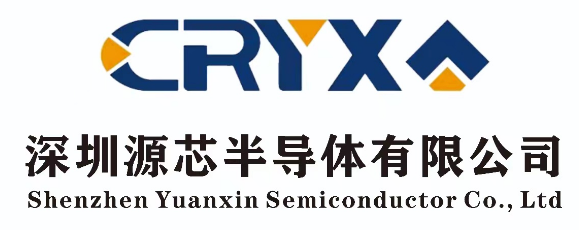



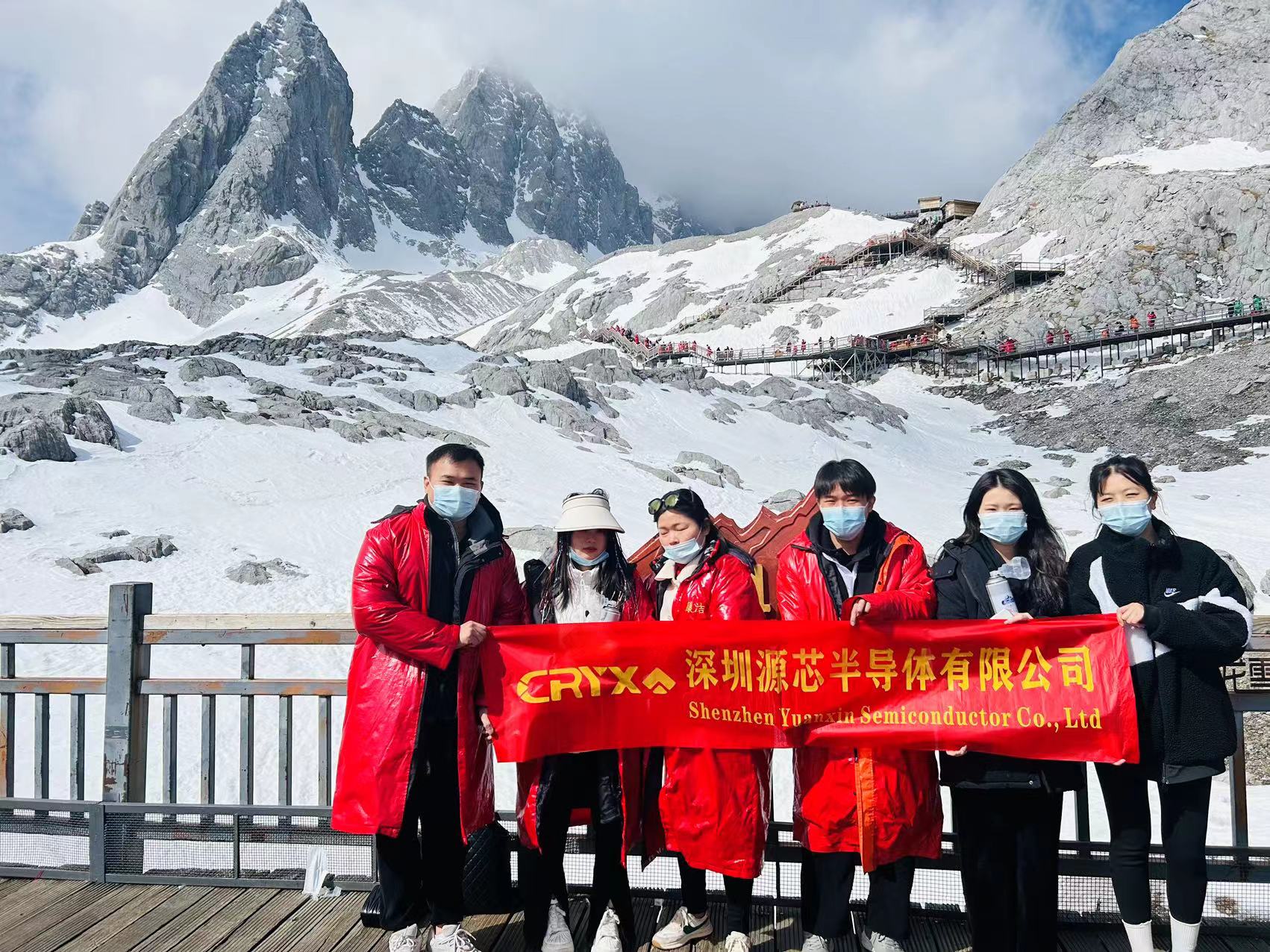
.jpg)
